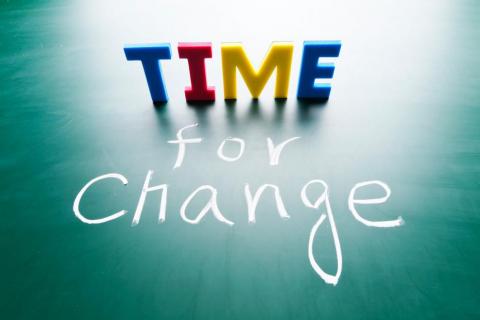Arts Programs Amid Economic Strain: Navigating Challenges
Jan 29,2024
In the realm of higher education, arts programs play a vital role in nurturing creativity, expression, and cultural enrichment. However, in the face of economic challenges, these programs often find themselves under pressure. This article explores how arts programs in colleges have been impacted by the economy, shedding light on the challenges they face and the strategies employed to navigate these turbulent times.
-
Budget Constraints and Funding Cuts:
- Tightening Financial Belts: Economic downturns often lead to budget constraints and funding cuts across educational institutions, including arts programs. Reduced funding can result in decreased resources for faculty, equipment, supplies, and extracurricular activities, impacting the quality of arts education offered to students.
-
Decline in Enrollment and Interest:
- Shifting Priorities: During economic downturns, students may opt for majors perceived to have better job prospects, leading to a decline in enrollment in arts programs. Additionally, financial constraints may deter students from pursuing degrees in the arts, further exacerbating the challenge of maintaining robust arts programs.
-
Impact on Faculty and Staff:
- Job Insecurity: Economic instability can result in faculty layoffs, hiring freezes, and reduced job security for staff members within arts departments. This not only affects the livelihoods of faculty and staff but also diminishes the pool of talent available to mentor and guide students in their artistic pursuits.
-
Reduction in Program Offerings:
- Streamlining Curriculum: To cope with budgetary constraints, colleges may reduce the variety of arts programs offered or consolidate courses within existing programs. This can limit students' options for exploring different artistic disciplines and narrowing their focus to a select few areas of study.
-
Strategies for Sustainability:
- Diversifying Revenue Streams: Colleges may explore alternative revenue streams, such as fundraising campaigns, corporate partnerships, and grants, to supplement dwindling budgets for arts programs. Collaborations with community organizations and cultural institutions can also provide financial support and opportunities for student engagement.
-
Embracing Digital Platforms:
- Virtual Engagement: In response to the challenges posed by the pandemic and economic constraints, arts programs have increasingly embraced digital platforms to showcase student work, host virtual exhibitions, and facilitate remote instruction. This shift to virtual engagement has expanded the reach of arts programs and fostered innovation in artistic expression.
-
Advocating for the Value of the Arts:
- Promoting Awareness: Despite economic challenges, advocates for arts education continue to emphasize the intrinsic value of the arts in fostering creativity, critical thinking, and cultural appreciation. Colleges and arts organizations play a crucial role in advocating for the importance of arts programs in higher education and their contributions to society.
While economic challenges pose significant obstacles for arts programs in colleges, they also present opportunities for innovation, collaboration, and advocacy. By adopting strategies for sustainability, embracing digital platforms, and advocating for the value of the arts, colleges can mitigate the impact of economic downturns and ensure the continued vitality of arts education. In navigating these challenges, it is essential to uphold the importance of the arts in fostering creativity, expression, and cultural enrichment, both within educational institutions and society at large.






